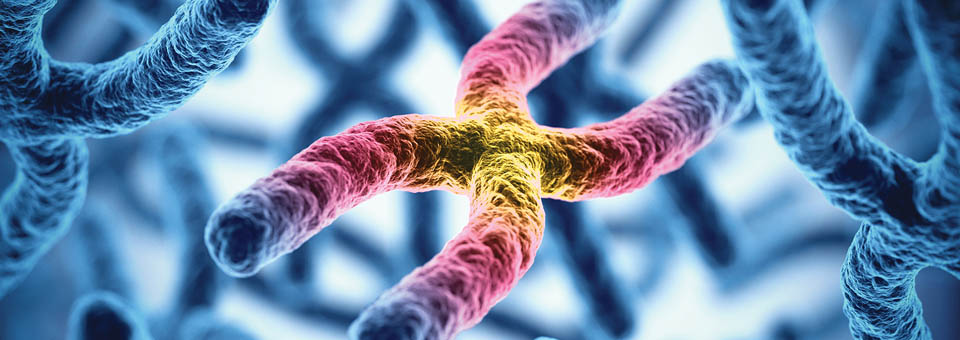You may recall telomeres are the “caps” that protect the ends of your DNA strands. But with each cellular replication, telomeres grow shorter and shorter… It’s like a clock counting down to zero. The shorter they become, the faster you age and the more vulnerable you are to disease.
Researchers at Ohio State University wanted to know if high doses of omega-3s could shield telomeres from the free-radical damage caused by stress.
In this case, the researchers gave 138 people difficult problems to solve, then studied their bodies’ reactions.
For subjects taking 2.5 grams of omega-3s daily, it was smooth sailing. They had 19% lower cortisol levels and 33% fewer inflammatory proteins than normal.1
But for those taking a placebo instead of omega-3s, oh my! They experienced a 25% drop in telomerase, the enzyme that keeps telomeres long and healthy.
That’s alarming because without enough telomerase to repair your telomeres, old age and frailty are right around the corner.
They also had a 20% DROP in healthy, anti-inflammatory proteins.2
The group taking omega-3s shrugged off the stress and thrived. The other group was shaken to their genetic core.
My question: Which of those groups would you rather be in?
Use Omega-3 to Shield Your Telomeres
If you follow my work at all, you already know I recommend eating wild-caught salmon and supplementation to get enough omega-3s.
The key ingredient to look for is docosahexaenoic acid, or DHA. I recommend at least 500 mg of DHA and 60 mg of EPA every day! Look for a supplement powered by high-DHA calamari and krill caught in the pristine waters near the Antarctic.
But I want to go beyond that advice today to talk about 3 sources of omega-3s you’ve probably never heard about. These foods that are high in omega-3s will help
you and your telomeres breeze through whatever stress life sends your way:- Omega-3 Surprise No. 1 – Hempseed. These seeds come from a plant in the cannabis family… but without the psychoactive THC. They offer a nearly ideal ratio between omega-6 and omega-3 fatty acids, estimated at between 2:1 and 3:1.3 That’s highly significant because over the last 75 years the disease-causing omega-6/omega-3 fatty acid ratio has jumped to a stunning 20:1… mostly due to grain-fed cattle and cheap vegetable oils. To counteract this trend, use hempseed whenever you can. I sprinkle it on salads, or you can toss it in soups and stews.
- Omega-3 Surprise No. 2 – Sacha inchi oil. When I traveled to Peru, I discovered a delicious oil that may be the world’s best kept omega-3 secret. Most vegetable oils have only a minuscule amount of omega-3 – just 1% by volume in olive oil, for example. But sacha inchi oil (plukenetia volubilis), made from the peanut-like seeds of a plant found primarily in the Amazonian Rainforest in Peru, is absolutely one of the best fatty acid sources on the planet – a whopping 48% by volume. The indigenous Asháninka people I visited there cultivate it. It’s also high in protein and antioxidants like vitamin A and E. You’ll find it online and at some health food stores.
- Omega-3 Surprise No. 3 – Organ Meat. As soon as someone says “omega-3s,” you probably think of fish, not meat. Many readers remain unaware that meat is also an excellent omega-3 source. But not just any meat will do: Unless livestock is 100% grass-fed, its omega-3 content will be negligible. The best cuts are organ meat – liver, heart, and kidneys. These are also packed with other vital nutrients such as CoQ10, B vitamins, and protein.
To Your Good Health,
![]()
Al Sears, MD, CNS
References:
1. Ohio State University (2021, April 20). Omega-3 supplements do double duty in protecting against stress. Retrieved May 11, 2021, from ScienceBlog.com website.
2. Ohio State University (2021, April 20). Omega-3 supplements do double duty in protecting against stress. Retrieved May 11, 2021, from ScienceBlog.com website.
3. Rodriguez-Leyva, D., & Pierce, G. N. (2010). The cardiac and haemostatic effects of dietary hempseed. Nutrition & Metabolism, 7(1), 32. https://doi.org/10.1186/1743-7075-7-32

